In the northeastern Caribbean, a small 37-square-mile island presents one of the world’s most unusual geopolitical arrangements. Split between French and Dutch territories since 1648, St. Martin/Sint Maarten offers visitors the opportunity to experience two distinct European influences while enjoying Caribbean beaches, cuisine, and culture.
Here are 20 fascinating aspects of this dual-nation island that make it one of the most unique destinations in the Caribbean.
The World’s Smallest Divided Island
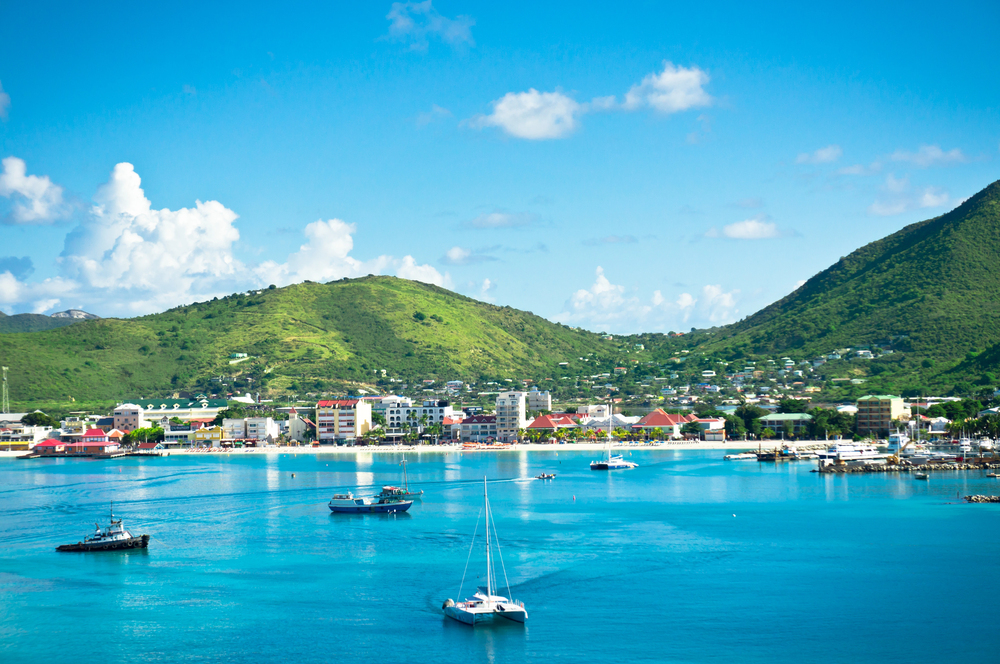
St. Martin/Sint Maarten is the smallest landmass in the world shared by two different nations. The French territory (St. Martin) occupies the northern 60% with 21 square miles, while the Dutch territory (Sint Maarten) encompasses the southern 40% with 16 square miles.
Despite its compact size, crossing between territories means traveling between the European Union and a constituent country of the Kingdom of the Netherlands.
The Peaceful Border

Unlike many divided territories worldwide, the St. Martin/Sint Maarten border exists almost invisibly across the landscape. Small monuments and welcome signs offer the only indication that travelers have crossed between countries.
No passport control exists on the land border, allowing visitors and residents to move freely between both sides. This open border represents one of the most amicable international boundaries globally, with no checkpoints or barriers throughout its 6.2-mile length.
Like Travel Pug’s content? Follow us on MSN.
Different Governing Systems
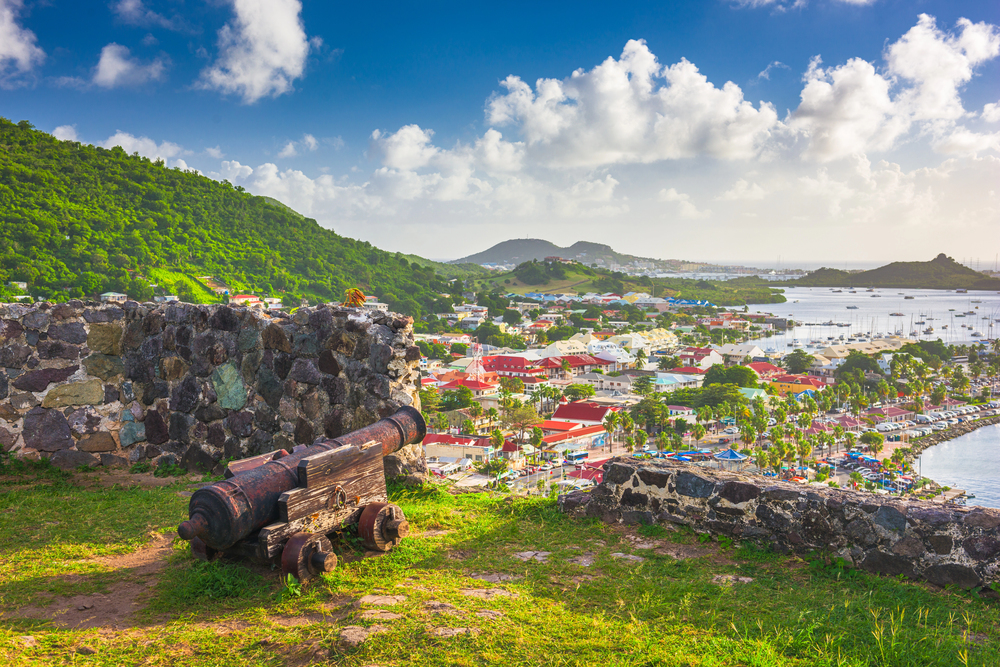
The two sides operate under completely different governing systems despite sharing the same small island. The French side functions as an Overseas Collectivity of France, with residents holding French citizenship and electing representatives to the French National Assembly.
The Dutch side operates as a constituent country within the Kingdom of the Netherlands with its parliament and prime minister, exercising autonomy in most internal affairs while maintaining ties to the Dutch crown.
Currency Confusion

The island operates with multiple currencies simultaneously, creating an unusual financial environment. The French side officially uses the Euro as its currency, while the Dutch side’s official currency is the Netherlands Antillean guilder.
However, the US dollar circulates widely and is accepted virtually everywhere on both sides of the island. This currency flexibility benefits tourists but creates complex accounting practices for local businesses that often maintain prices in multiple denominations.
Language Landscape

The island features an extraordinarily rich linguistic environment for its small size. On the French side, French serves as the official language, while Dutch holds official status in the southern half. English functions as the primary spoken language across both territories, and many locals also speak Spanish.
Additionally, a local Creole language called Papiamento incorporates elements from all these languages plus Portuguese and West African languages, creating one of the Caribbean’s most linguistically diverse societies.
Like Travel Pug’s content? Follow us on MSN.
The Legend of Peaceful Division
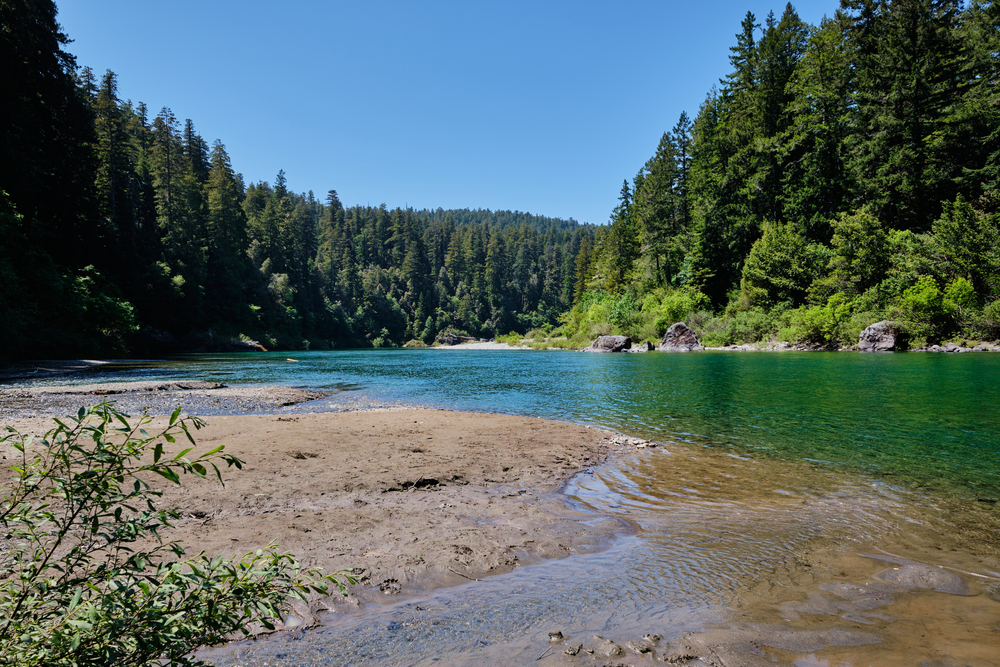
According to popular legend, the French and Dutch divided the island in 1648 after representatives from both nations walked in opposite directions around the coastline. Where they met determined the border, with the French claiming the larger northern section because their representative allegedly carried a bottle of wine that lightened his load, allowing him to walk faster than the Dutch representative who carried heavier jenever (gin).
While historians debate the accuracy of this tale, it remains a colorful origin story embraced in local culture.
Contrasting Beach Policies

Beach culture differs dramatically between the two territories, reflecting the attitudes of their European parent nations. The French side embraces European-style beach traditions, including clothing-optional areas like the famous Orient Bay Beach, where topless and n*** sunbathing is common and accepted.
The Dutch beaches typically require standard swimwear attire, aligning with more conservative American expectations. This creates distinctly different beach atmospheres separated by just a few miles.
Culinary Division

The island boasts one of the most exciting culinary scenes in the Caribbean, with distinct traditions on each side. The French territory features sophisticated French-Caribbean fusion restaurants, particularly in the culinary capital of Grand Case, where classically trained chefs incorporate local ingredients into traditional French techniques.
The Dutch side offers more international variety, with everything from Indonesian rijsttafel (reflecting Dutch colonial history) to American-style sports bars. Both sides incorporate local seafood and tropical ingredients into their distinct culinary traditions.
Like Travel Pug’s content? Follow us on MSN.
Hurricane Recovery Contrast

Following the devastating impact of Hurricane Irma in 2017, the two sides demonstrated markedly different recovery approaches. The French territory received immediate assistance from mainland France through their direct political connection, with European Union recovery funds supporting infrastructure rebuilding.
The Dutch side, with greater autonomy, coordinated its recovery effort with some assistance from the Netherlands. This created visible differences in reconstruction pacing and approaches, highlighting the practical implications of the two different governance systems.
Airport Thrill Seekers
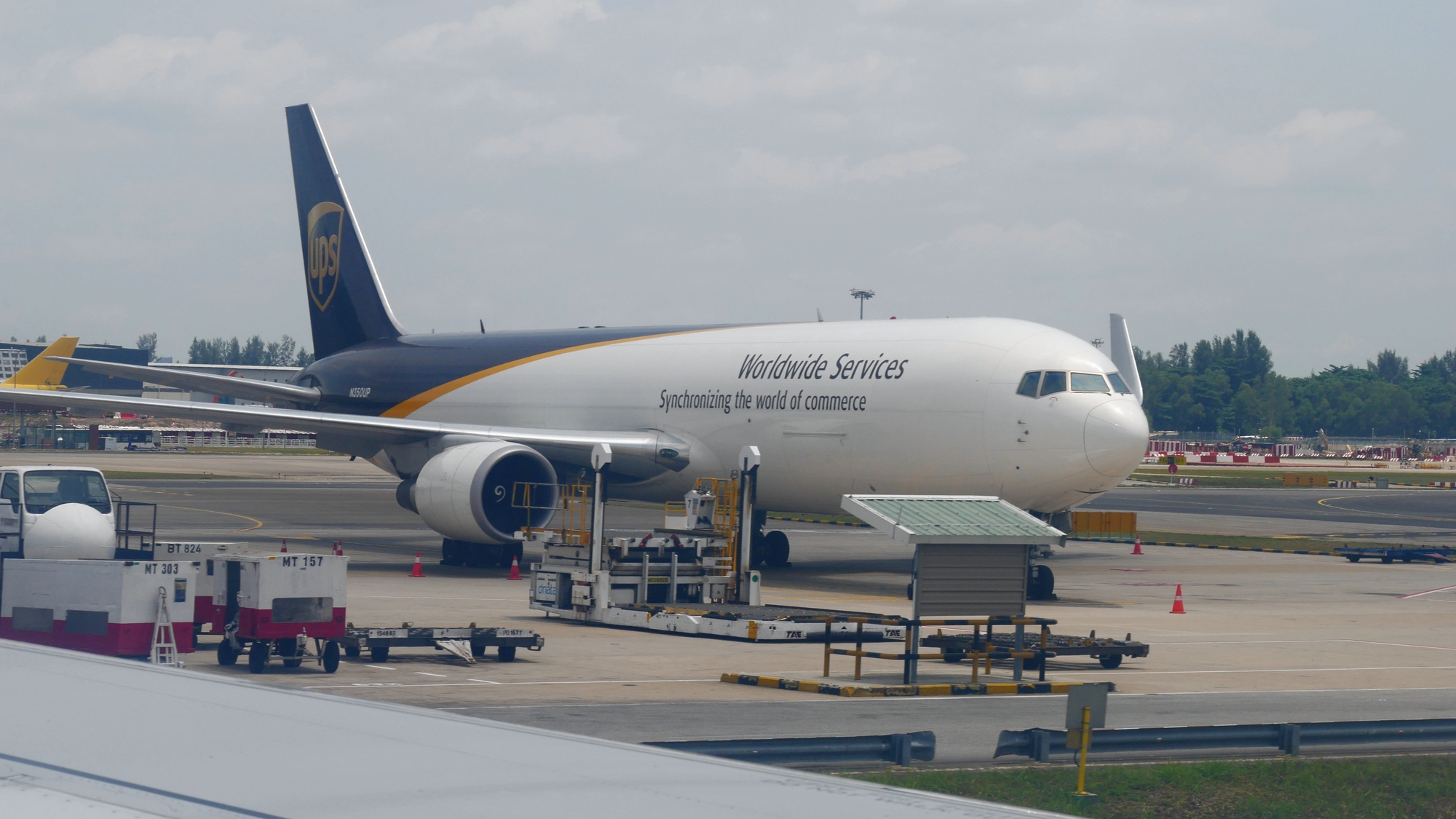
The Dutch side hosts Princess Juliana International Airport, famous worldwide for its extraordinary landing approach over Maho Beach. Aircraft pass just a few dozen feet above sunbathers, creating one of the world’s most photographed aviation experiences.
Thrill-seeking tourists cling to the airport fence during takeoffs to experience the jet blast despite warning signs highlighting the danger. This unusual aviation-tourism integration exists because of the island’s limited flat land, forcing the runway to begin almost immediately at the shoreline.
Shopping Differences

The shopping experience reflects each territory’s tax policies and European connections. The Dutch side offers duty-free shopping focused on luxury goods, jewelry, electronics, and liquor, particularly in the capital of Philipsburg, making it a favorite cruise ship stop.
The French side features more boutique shopping experiences with European fashion imports, art galleries, and locally produced goods. These contrasting commercial environments exist within just a few miles of each other, offering visitors distinctly different retail experiences.
Like Travel Pug’s content? Follow us on MSN.
Contrasting Nightlife

Evening entertainment showcases the starkest contrast between territories. The Dutch side embraces casino gambling with over a dozen establishments operating in the Simpson Bay area alone, alongside nightclubs and late-night bars that continue until early morning hours.
The French territory prohibits casino gambling entirely, focusing instead on quieter evening dining experiences, beachfront lounges, and low-key entertainment. This creates complementary rather than competing nightlife options for visitors.
The Butterfly Farm Diplomacy

The island hosts the remarkable La Ferme des Papillons (The Butterfly Farm), which deliberately straddles the border with sections in both countries. This intentional cross-border placement makes it a symbol of the island’s peaceful coexistence.
The conservatory houses hundreds of exotic butterfly species from around the world in a tropical garden setting, with tours conducted in multiple languages reflecting the island’s international character. The facility represents the ecological unity of the island despite its political division.
Mobile Phone Peculiarities

The divided island creates one of the world’s most unusual mobile phone environments. Depending on the exact location, phones may connect to French or Dutch telecommunication networks with different carriers, rates, and regulations, sometimes switching automatically as visitors move around the island.
Residents often maintain dual SIM phones or multiple devices to manage this unique telecommunications boundary. Visitors frequently experience surprising roaming charges when their phones connect to different country networks despite remaining on the same small island.
Like Travel Pug’s content? Follow us on MSN.
Educational Divisions

The island maintains parallel education systems reflecting their respective European connections. The French side follows the national French curriculum with instruction primarily in French, while the Dutch side offers education in English with Dutch language requirements.
This creates distinct educational paths for island children despite their geographic proximity. Some families strategically choose where to live based on which educational system they prefer for their children, creating cross-border commuting patterns for school attendance.
Vacation Home Contrasts

The real estate markets on each side developed distinct characters appealing to different international buyers. The French territory attracts primarily European vacation homeowners seeking legal protection and familiarity with the French legal system, with development focused on lower-density, luxury villa communities.
The Dutch side developed more high-rise condominiums and time-share properties appealing to North American buyers, creating visibly different coastal development patterns that reveal the border from aerial views.
The Salt Pond Heritage

Before tourism dominated the economy, salt production shaped the island’s development and created its first border disputes. Salt ponds on the Dutch side, particularly in the Great Salt Pond area near Philipsburg, drove early economic activity and European interest in the island.
Historical treaties specifically addressed salt harvesting rights, with both French and Dutch colonists recognizing the value of this resource. Today, these former production areas create distinctive ecosystems and wildlife habitats while serving as physical reminders of the economic foundations that preceded tourism.
Like Travel Pug’s content? Follow us on MSN.
Dual Cruise Ship Destinations
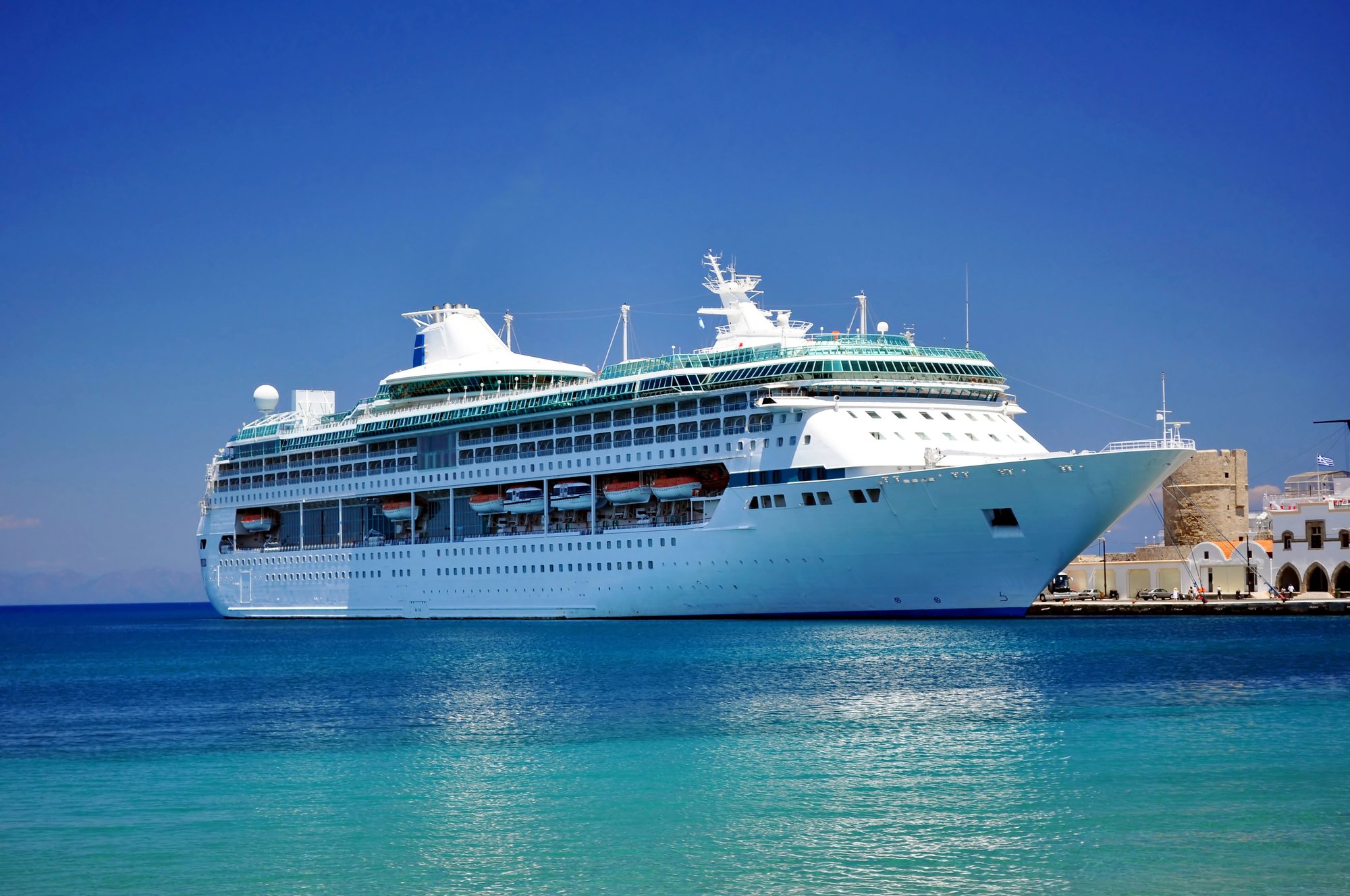
The island serves as one of the Caribbean’s busiest cruise destinations, with separate facilities in each territory. The Dutch side hosts larger ships at its deepwater port in Philipsburg, which is capable of accommodating multiple mega-ships simultaneously with extensive shopping directly at the terminal.
The French side welcomes smaller luxury vessels to its port in Marigot Bay, offering a more boutique arrival experience. On busy days, the island may host up to seven ships simultaneously between both facilities, bringing over 20,000-day visitors despite its small size.
Wildlife Ignores Borders

The island’s natural environment functions as a single ecosystem regardless of human borders. The same population of green iguanas wanders across both territories, while bird species like brown pelicans and magnificent frigatebirds patrol coastlines irrespective of national jurisdiction.
Conservation efforts increasingly require cross-border cooperation, particularly for marine environments where fish, sea turtles, and coral reef systems exist as unified biological communities. This ecological reality prompted joint environmental protection initiatives despite separate government structures.
Medical System Differences

Healthcare access differs dramatically between territories, reflecting their parent countries’ systems. The French side operates under the French national healthcare system with heavily subsidized services for residents and French nationals.
The Dutch territory uses a more privatized insurance model with different access protocols. This creates healthcare tourism within the island itself, with residents sometimes crossing the border to access specific medical services based on cost, availability, or coverage differences between the two systems.
Like Travel Pug’s content? Follow us on MSN.
The Friendly Island
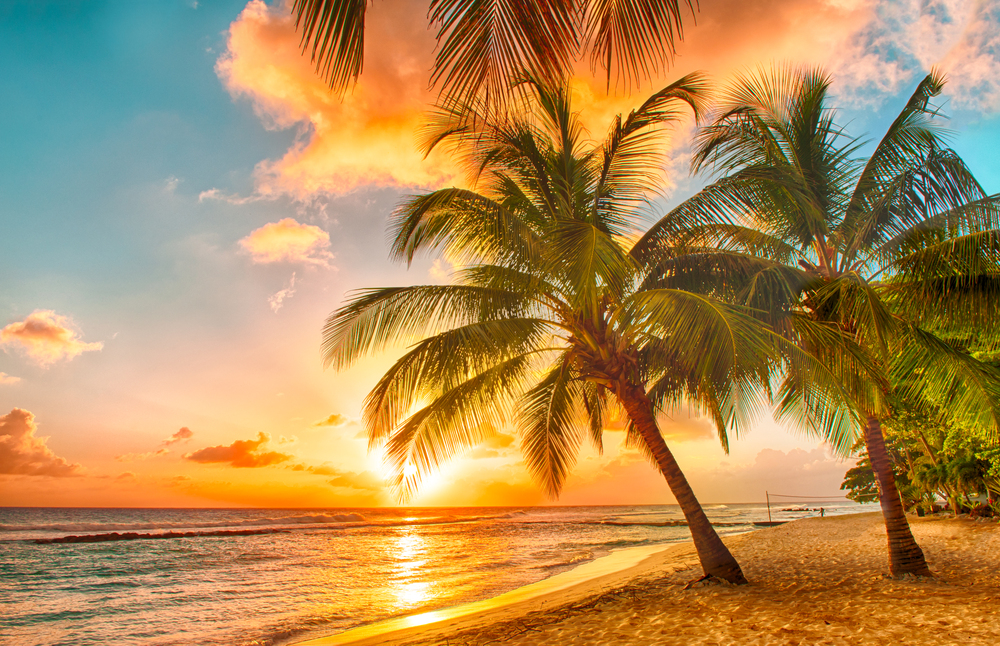
Despite centuries of division, residents commonly refer to their shared home as “The Friendly Island” in both territories, emphasizing cooperation over separation. Community celebrations often span the border, with Carnival activities, sporting events, and cultural festivals involving residents from both jurisdictions.
Local folklore celebrates the peaceful coexistence that has prevailed for over 350 years, with residents often identifying primarily as St. Martiners or Sint Maarteners rather than emphasizing their French or Dutch affiliations. This shared island identity transcends national divisions while still honoring the unique dual heritage that makes this tiny island a fascinating study in international relations on a micro-scale.
More from Travel Pug

- Cities Growing so Fast You Won’t Recognize Them in 10 Years
- 13 Destinations Where Tourists Regularly Regret Their Trip
- 20 Obscure WWII Sites Even History Buffs Don’t Know About
- 10 Under-the-Radar Mountain Towns That Are Both Affordable and Beautiful
- Remote Villages in Europe Where You Can Live for Free in Exchange for Work
Like Travel Pug’s content? Follow us on MSN.
